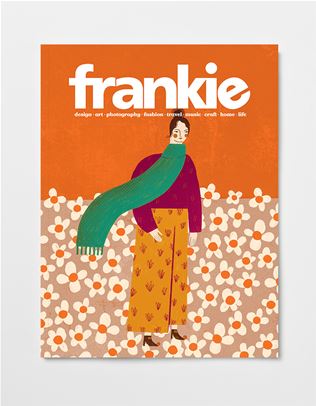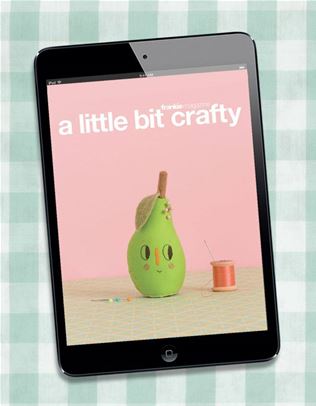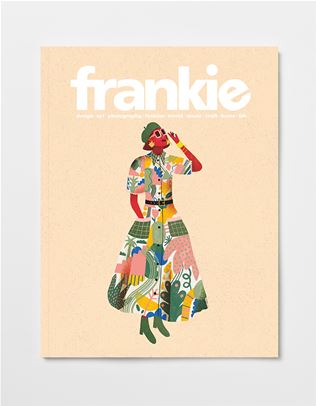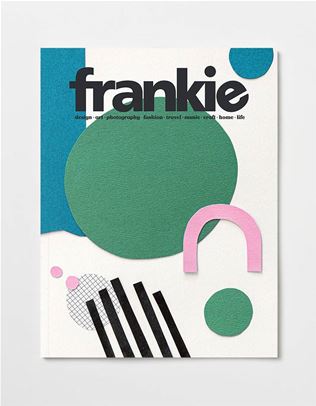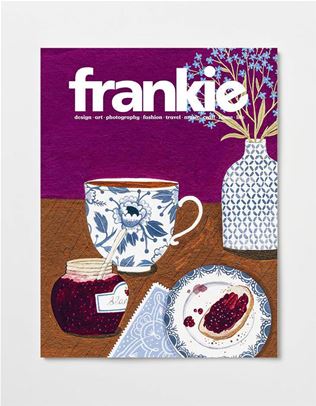how chloe de winter built inclusive marketing into her underwear business
And why you should do it too.
Inclusive marketing is more than just slapping a rainbow on your logo for a month or using #bodypositivity in the caption of an Instagram post. It’s a thoughtful and ever-changing conversation that requires reflection, resources and flexibility.
Chloe de Winter is the co-founder of Nala. After failing to find bras and knickers that hit her non-negotiables (comfy, affordable, sustainable), she decided to make them herself and Nala was born.
Starting Nala from scratch meant that Chloe could build certain principals into the foundation of the business, like diversity and inclusion. We chatted to Chloe about the ins and outs of inclusive marketing, what to expect when building it into your business and how to be flexible as we learn and grow as a society.
Hi Chloe, can you tell us what inclusive marketing is? Inclusive marketing is marketing that considers diversity in all its forms. It’s about recognising that your audience is made up of different groups of people and reflecting that in your advertising. That means creating diverse campaigns that will resonate with a diverse range of people and understanding that people are multifaceted. When weaving inclusive marketing into your business, it’s important to consider the many layers of diversity, like size, gender, race, ability and affordability, to name a few.
At Nala, we implement many strategies under the umbrella of ‘inclusive marketing’. For example, we want to make sure our models are diverse and that we are showcasing our products on different bodies. Up to four models wear the one product so that our customers can get a sense of what our underwear will look like on their bodies. Further to that, our fit guide features 38 images of real peoples’ breasts and chests, and then showcases what our products look like on these bodies.
Our pieces can be considered quite femme, but we’ve chosen to use the word ‘people’ when discussing our underwear because we want everyone to feel comfortable wearing our pieces. If you like how our pieces look, then they are for you regardless of gender.
Overall, it’s important for us to not only be inclusive in our marketing, but for our products to truly cater to a diverse audience, too. That’s why we have an inclusive size curve (XXS–5XL with plans to expand sizing this year) and two gender-neutral products. For us, inclusive marketing also includes behind-the-scenes work, which is why we donate a percentage of Nala’s profits to inclusive not-for-profit organisations.
Why should brands adopt inclusive marketing? Apart from the fact that it’s the right thing to do and it will give you the warm and fuzzies to include more people, studies have shown that inclusive marketing works.
Long gone are the days of aspirational marketing (the technique of selling consumers an idea, a dream, or an aspiration). Now, people want to see themselves reflected in media and will favour brands that include bodies, circumstances and lifestyles that mirror their own.
What are the pitfalls of inclusive marketing? While the pros definitely outweigh the cons, it’s important to know the tricky aspects of inclusive marketing so that you can anticipate any hiccups you might come across when building inclusivity into your brand.
The first thing to note is that it can be more expensive. If you want to showcase a diverse range of people, you need to hire a diverse range of models, meaning you need to pay for those extra models and for more time with the photographer.
The second thing to keep in mind when it comes to expense is that being inclusive of sizing (rather than sticking to a limited range) means you need to order more stock from the outset. This is usually worth it once you magnify your audience size by including more groups, but you have to be aware of the higher upfront cost.
Another challenge of inclusive marketing is dealing with internet trolls. The internet is full of angry people and unfortunately this means dealing with some racism and body shaming online. This means we need to monitor our channels closely so as to delete nasty comments as soon as they pop up. This can be draining and disheartening at times, but the positive comments always outweigh the negative.
What else should we know about inclusive marketing? Inclusive language is still evolving and one of the most important things you can do for your business and its inclusive marketing strategy is to keep listening. Remaining flexible when adopting inclusive language is important as we learn and grow alongside diverse groups who are only just being handed the microphone.










.jpg&q=80&w=316&c=1&s=1)


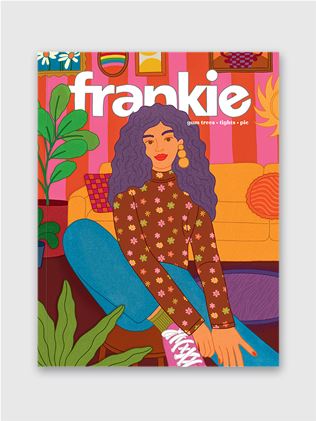

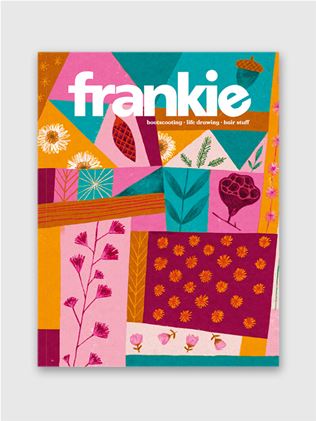
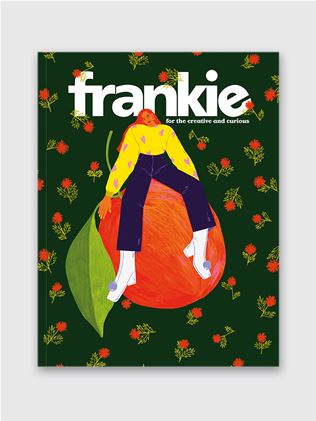

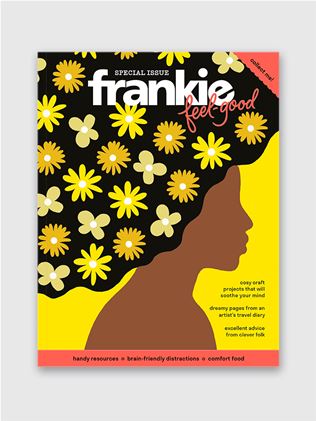

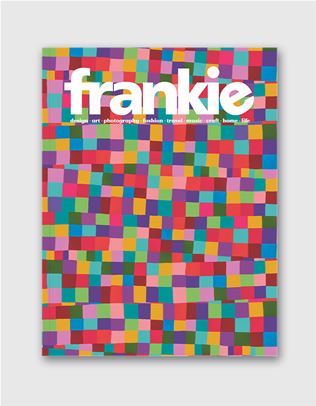
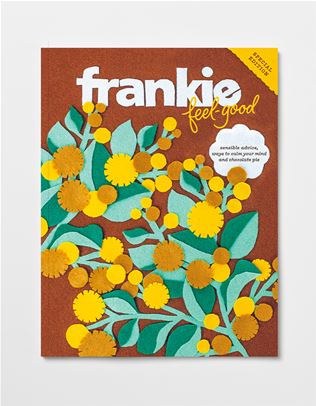
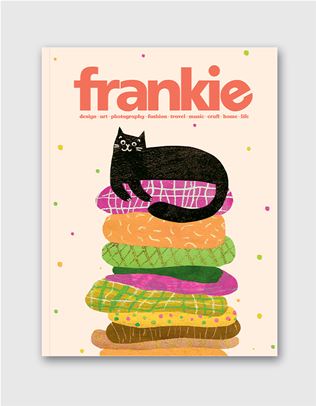
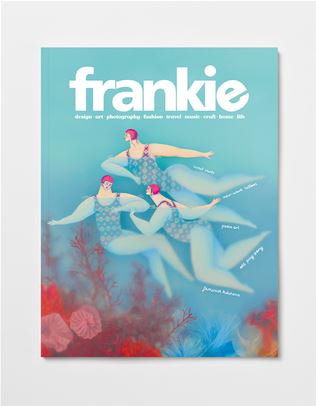
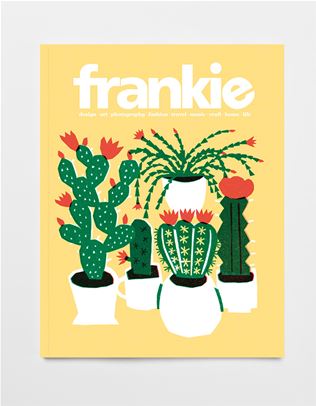

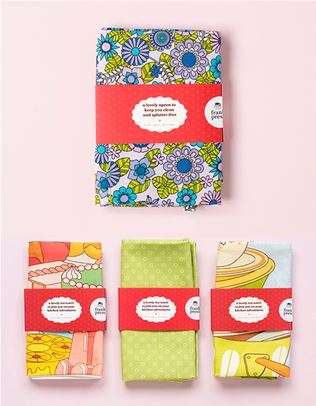

.jpg&q=80&w=316&c=1&s=1)
